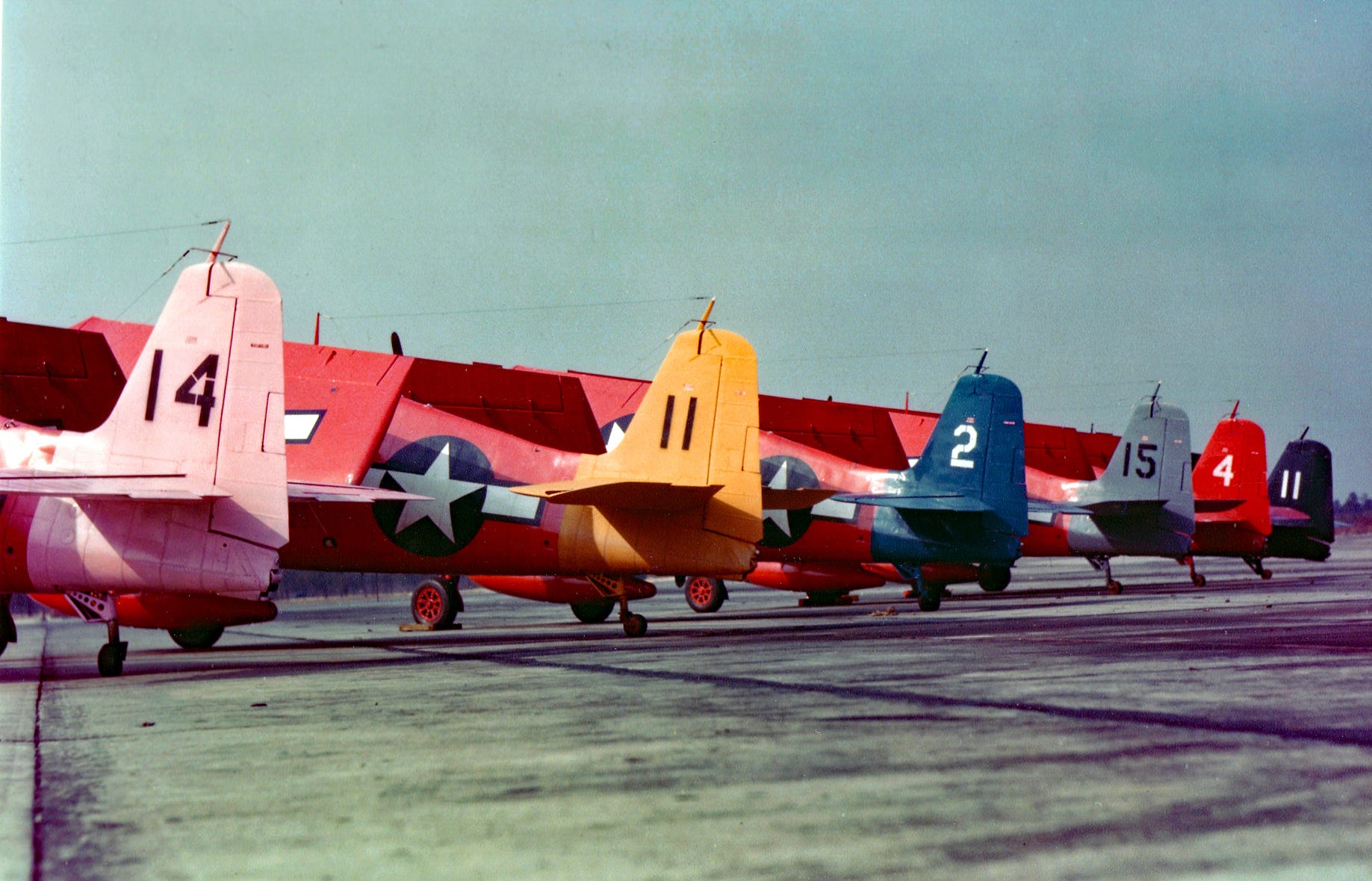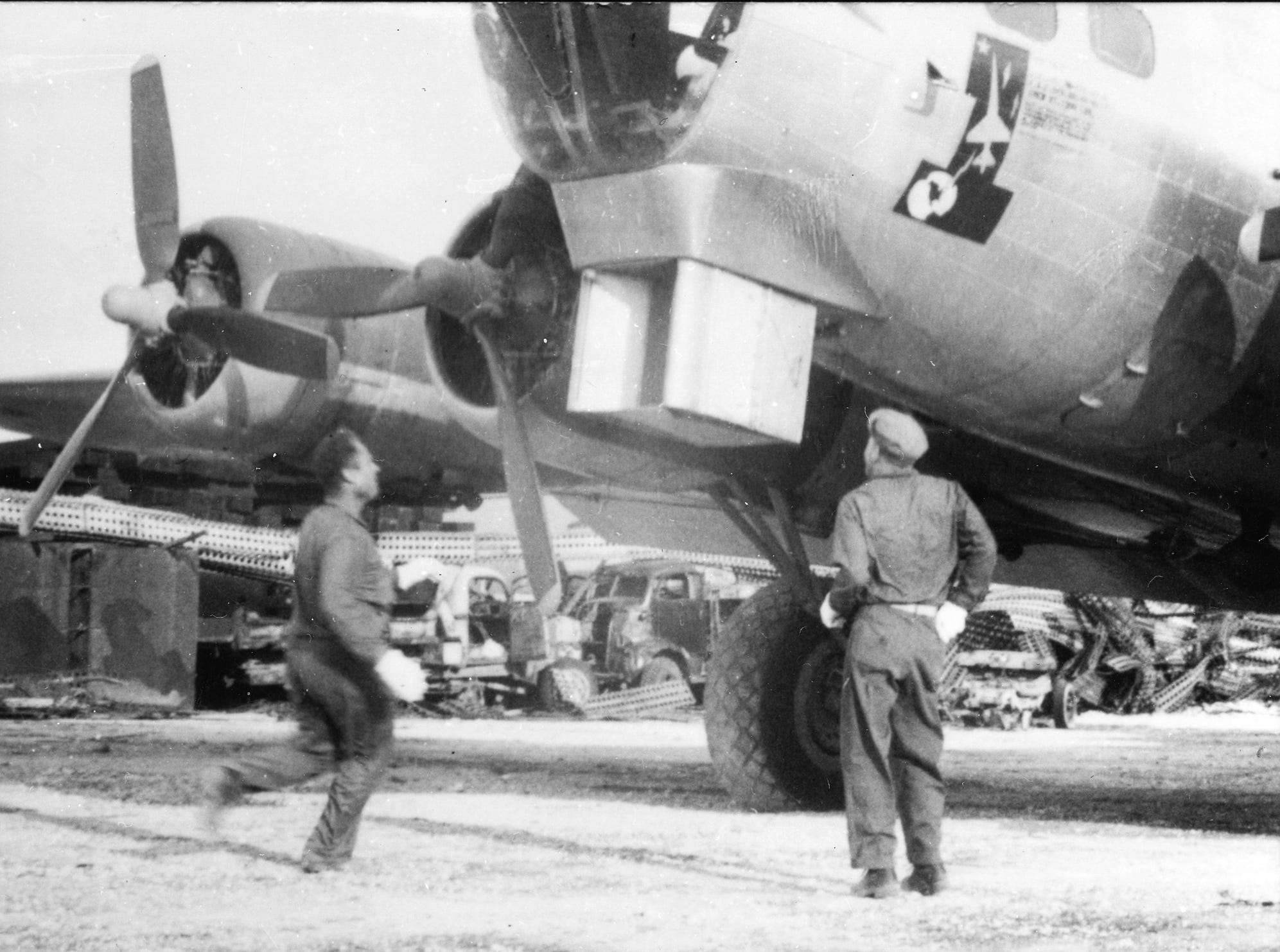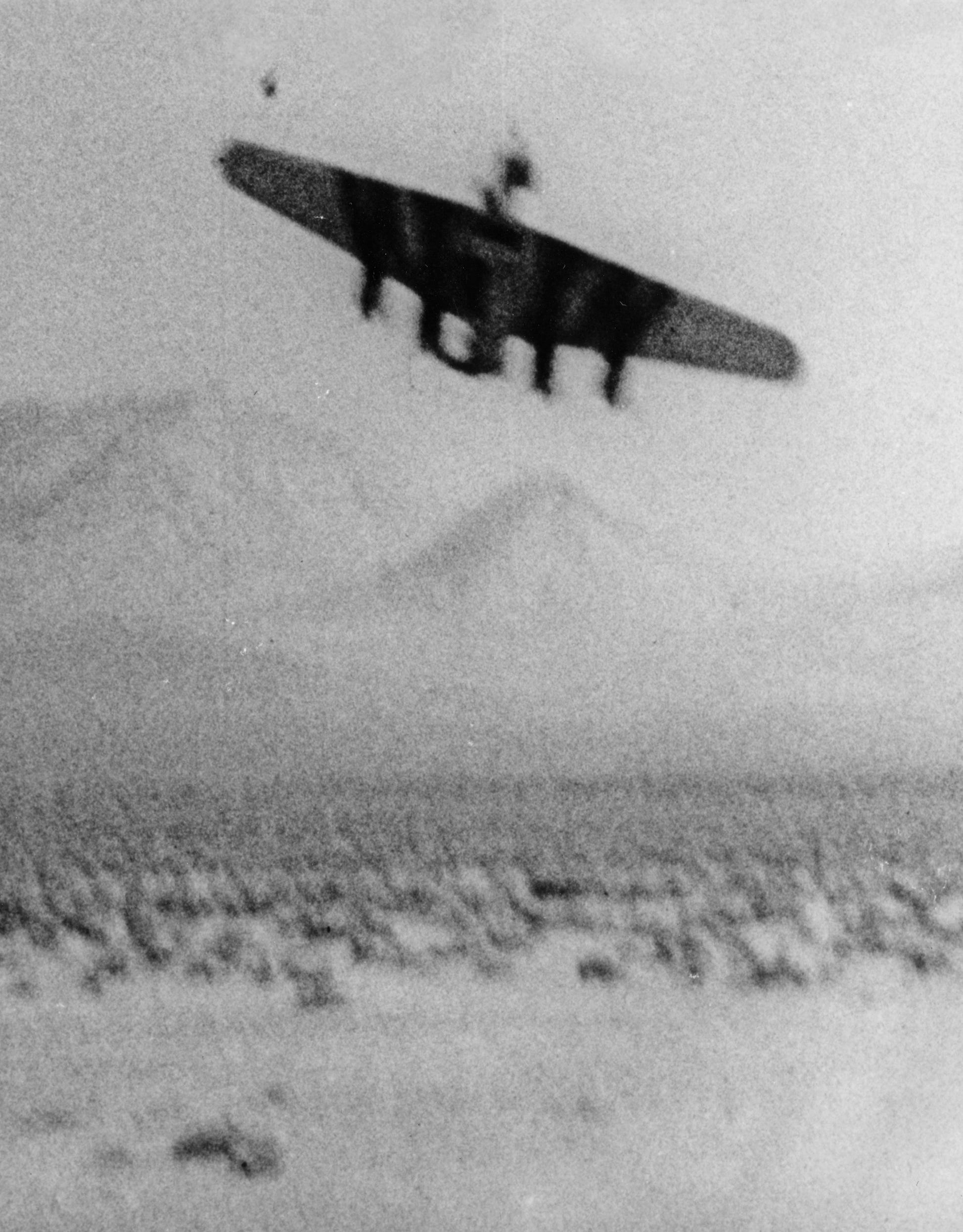When Americans Shoot Down Their Own Planes, The Fiery Story of Q-Birds
The Warplanes That Lived to Die Another Day
Having survived service life, many of the greatest military aircraft were converted to become martyrs for missiles and food for guns. Frederick A. Johnsen’s beautiful new book offers a detailed examination of the seldom-studied world of Q-Birds, aircraft converted into uncrewed drones for use by the U.S. military. We spoke with the author to learn more about this enthralling subject.
TRIGGER WARNING: This article features imagery of classic aircraft being destroyed that some aviation enthusiasts may find upsetting.

My earliest memories date back to southern California in the 1950s. My father was an aeronautical engineer, and all things aviation were celebrated in our household. I remember, as a child, watching grainy black-and-white footage (on our black-and-white television) depicting a B-17 Flying Fortress coming apart in the sky, propellers turning as the four-engine bomber entered the filmed slow-motion throes of its destruction.
That scene, or others like it, stood in for wartime shoot-downs, science-fiction catastrophes, and any inference of airborne calamity. It was probably my big brother who informed me this was no real crash in the fatalistic sense. Nobody died, because nobody was aboard the doomed Fortress. It was a drone -- an airplane remotely piloted and intentionally struck by a Nike missile to test air defenses.
It was fantastic to imagine something as big, as valuable, as a real bomber being deliberately destroyed in a test. As a child, I valued toy airplanes as irreplaceable, and stood in awe of my cousin Jimmy who built a plastic B-17 kit, in which he was proud to show a firecracker he had placed inside the waist of the Fortress, foretelling its intended eventual deliberate explosive destruction.
As I grew into my own aviation-inspired career, I occasionally saw more snippets about the droning of American military aircraft. It remained fascinating to think of deliberately destroying bombers and fighters. Some enthusiasts decry this practice, yet in objective truth, not every Fortress, not every Hellcat, and not every Phantom is destined to be preserved. If not downed as a drone for science and technology, then scrapping as a carcass in the desert is the likely outcome, after the museum examples have been preserved.
The files of aircraft photos and documentation that I accumulated in my historical explorations occasionally included bits about droned bombers and fighters, and then I found myself deliberately seeking this topic in archival searches. The United States was not alone in efforts to drone aircraft, but my orientation in the U.S., and access to U.S. drone sites, made it appropriate to focus my efforts on the American version of droning.
Each American droned aircraft has a story, and I compiled as many of those stories as I could into the book "Q-Birds -- American Manned Aircraft as Drones" for the Crecy publishing company and its Hikoki imprint. Let's look at some:
B-17 Flying Fortress

The U.S. Army Air Forces began a long-standing infatuation with radio-controlled B-17s during World War II. Designated BQ-7s, these early iterations were intended as flying bombs, laden with explosives to be crashed into well-defended and difficult targets. Remote pilots, standing off in director aircraft and using visual and televised cues to aim their BQ-7s, did not enjoy overwhelming success. The BQ-7s were not yet sophisticated enough to allow radio-controlled takeoff, so a two-man crew got the Fortress aloft, and bailed out after transferring its control to a remote pilot. Landing was not foreseen, since the BQ-7 was expended on its sortie to a German target.
The AAF refined the technique, and in time for the 1946 nuclear tests at Bikini Atoll (Operation Crossroads), remotely piloted B-17s could take off and land. This served a different purpose for science. The unmanned B-17s of Crossroads and later nuclear tests carried sensors, particulate collectors, and cameras as they flew through dangerous levels of radioactivity, shockwaves, and heat.

And then there was Nike. Development of the Army's missile to protect American sites from bomber intrusion relied on B-17 target aircraft saved in desert compounds, fitted with droning equipment. The number of available B-17Gs was finite, as were budgetary dollars, so effort was made to re-use the Nike target drones by programming missile near-misses. Lethality could be calculated, and the target Fortresses sometimes limped back to Holloman Air Force Base in the spectacular, remote New Mexico desert, with impact holes and sheet metal damage.
The large-scale droning of B-17s yielded a gift in later years. After the last QB-17 drone was downed in 1959, out-of-work DB-17 drone director aircraft remained long after the rest of the Fortresses had been scrapped. Museums and displays in the U.S. benefited from the availability of surplus DB-17s.
F6F Hellcat
Keep reading with a 7-day free trial
Subscribe to Hush-Kit Aviation Newsletter to keep reading this post and get 7 days of free access to the full post archives.




![Wonderful California 50's in color [60fps,Remastered] w/sound design added Wonderful California 50's in color [60fps,Remastered] w/sound design added](https://substackcdn.com/image/fetch/$s_!3RZq!,w_5760,c_limit,f_auto,q_auto:good,fl_progressive:steep/https%3A%2F%2Fsubstack-post-media.s3.amazonaws.com%2Fpublic%2Fimages%2Fb5c49d9b-e79d-4188-8912-e1adca8a3eb7_686x386.jpeg)
